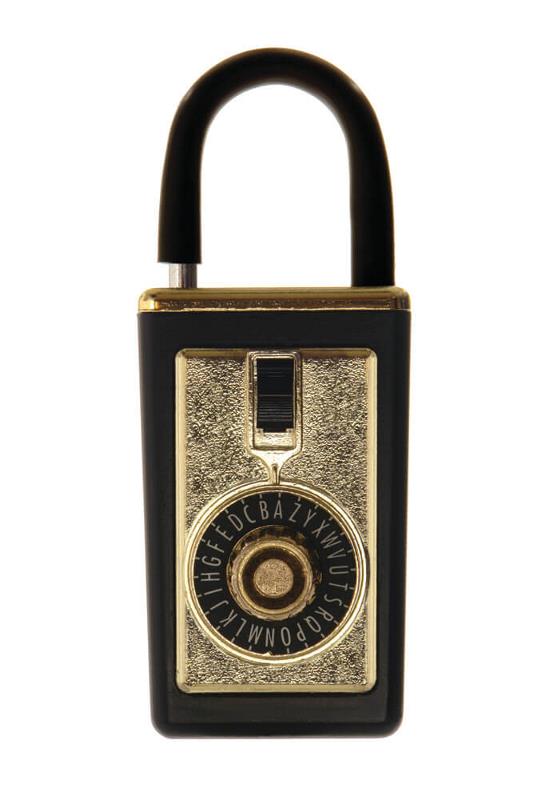Combination Boxes: Not The Lockbox Of Choice
By
Sarah Louppe Petcher

Always Follow Listing Agreement Rules And Our Code…
It has recently come to the attention of NVAR’s Professional Standards Department that the use of combination boxes by members is increasing. To clarify local policy regarding their use, we reprint this from the April 2009 Update Magazine Q&A.
Q: Are combination boxes regulated by our Regional Rules and Regulations for the Sentrilock Lockbox System for Realtor® Members (lockbox rules)?
A: Combination boxes are not regulated. Lockboxes on the other hand, which are available for purchase through NVAR, are covered by the lockbox rules.
Q: What does this mean for Realtors®?
A: First, the level of protection offered for the owners of a property differs. Access to properties with lockboxes is limited to Realtors® and their clients. In contrast, while MRIS restricts the publication of combination box combinations to the “Agent Remarks” field, there are no regulations preventing agents from publishing these codes on other websites, such as Craig’s List. Once the code is published, anyone can access the property at any time without leaving a record of it.
When someone enters a property through a lockbox, there is a record of the visit. Each SentriCard® is assigned to one agent and thus the owner can trace who has entered his or her property. Since combination boxes are not regulated, their use is unchecked, whereas lockbox rules violations can be brought to the attention of the Association and compliance can be enforced through NVAR’s Grievance Procedures.
Q: So why are some owners requiring the use of a combination box?
A: There are some advantages. Since the boxes are not regulated, the owner or the agent can give the combination out to all who need access to the property without having a representative present. The contractor, home inspector and appraiser can all access the property conveniently. On the other hand, the lockbox rules require that the agent, who owns the lockbox key, be present and secure the property upon the departure of these contractors.
Agents who elect to place a combination box on a property and publish the access code on a publicly accessible website may be facilitating unauthorized access to the property. By way of example: A house is listed for sale, the listing agent advertises the listing on Craig’s List and includes the access code on the ad. Any member of the public may now enter the property, whether for real estate-related activities or not. They could be entering the property for other reasons, including vandalism and general mayhem. The listing agent has no control over access to the property and no way of knowing who comes in and out.
Q: Are there any other reasons to avoid combination boxes?
A: In addition to the general problems described above, consider the following two more specific issues.
1. The NVAR Listing Agreement. The NVAR listing agreement specifically provides that you, the agent, will use a lockbox, not a combination box on your listing:
PARAGRAPH (9)(F): … Broker shall install an electronic keybox on the Property to allow access and showings by real estate licensees who are authorized to use the electronic keybox system by area Realtor® Associations.
Unless you have modified the listing agreement to allow the use a combination box, as soon as you install a combination box you have breached your obligations under the listing agreement.
The listing agreement specifically protects agents from liability associated with the listing of a property:
(24)(C): Seller Assumption of Risk. … Broker is not responsible for the security of the property or for inspecting the property on any periodic basis.
The listing agreement shifts the risk to the seller for any vandalism, property damage and personal injury that the seller may suffer as a result of his or her property being listed by the agent. However, if you place a combination box on the property, your client may now argue that he did not agree to assume the risk associated with your use of a combination box and thus the risk may shift back to you.
2. Your E&O Insurance. Some policies may specifically decline coverage if you fail to abide by your contractual obligations and thus may decline to cover you for any damage that the sellers have incurred as a result of your use of a combination box on their property.